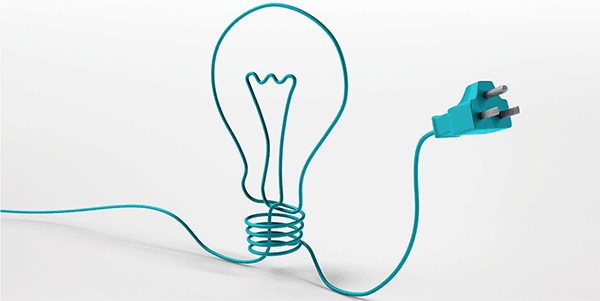With more and more companies transforming and digitizing the source to pay (S2P) process, the need for productive S2P process is also increasing. Although the focus of companies usually is to obtain “hard” and tangible benefits such as enforcing procurement policies, enhancing the efficiency of processes, and reducing maverick spend, the true value of source to pay system go beyond these factors.
Companies have to process thousands of invoices, purchase requisitions, supplier data, contracts, and many more every day. They invest a lot of time in the management of various functions such as spend analysis, category management, and purchase requisitions, and vendor management. This makes it mandatory for them to leverage source to pay solution and services that can manage their procurement processes.
What is the source to pay?
Source-to-pay is a procurement process that covers contacting suppliers, negotiating with them, contracting them to makes supplies, and finally, taking delivery of the products they have to offer.
The source-to-pay process uses technology to connect suppliers and their customers throughout the entire procurement process to ensure faster communication. Unlike the P2P process where the emphasis lies on purchasing supplies from vendors, all the way to their delivery and payment, source-to-pay takes a more holistic approach, covering the procurement lifecycle end-to-end.
And like all things procurement, the more you can automate your source-to-pay process, the better. Automated source-to-pay empowers your organization to streamline the procurement process, unlock cost savings, minimize supply risk, and reduce maverick spending.
Leveraging a sourcing-to-pay process brings your procurement under one cohesive roof. As a result, it is easy to track leaks, find opportunities for growth, forecast growth paths, and ensure compliance with relevant regulations.
Here are 5 benefits source to pay can provide your organization—especially when it’s automated:
1. Save money at every level of the procurement journey
Unlike procure-to-pay where you intend to channel orders to existing suppliers, source-to-pay goes all out to seek out new suppliers, often from a huge database. Here’s where it gets interesting (and profitable) for your business.
Under the source-to-pay system, you’re typically bringing your business to a huge number of potential suppliers, asking them to bid for your business (if you’re making volume purchases), and unlocking value by getting vendors to compete. This can significantly reduce your procurement spend and even offer you access to higher-quality supplies.
Further, by gluing your procurement process together, it becomes easier automating manual tasks, saving employees the time required to manually perform tasks in your workflow, and unlocking even more savings on your spend budget.
2. Ensure compliance with industry regulations, internal policies, and contract agreements
One of the big headaches with unregulated procurement is that you can’t keep anyone compliant—until their mistake causes significant loss. Say, after purchasing supplies that are incompatible with your internal processes, you’ll have to send them back to the suppliers, apologize profusely, and send the employee concerned down to HR for a nice
On the other hand, an automated source-to-pay system can be designed with regulations built in to prevent policy or contract violations before they happen.
In other words, an automated source-to-pay system eliminates the need for employees to memorize or try remembering your policies since enforcement is built-in.
3. Improve collaboration throughout the procurement process
A source-to-pay system brings everyone—internal and external—on the same page and makes it easier to reach agreements faster. From your general counsel who signs off on contracts to the department head estimating how much supplies they’ll need per quarter, an automated system makes it easier for everyone to collaborate vs. having to manually pass around the docs via email.
4. Diversify and minimize supply risk
Another benefit of leveraging source-to-pay within your organization is that it helps you spread supplier risk and build a resilient supply chain. Like we saw during the new normal, businesses that had a primarily procure-to-pay disposition had their operations tampered with as some of their suppliers went out of business or were forced to lock down in their respective countries.
That’s exactly where a source-to-pay system would have come in handy. Given the vendor marketplaces it gives you access to, it’s easier to quickly connect to alternative suppliers that can help you stabilize vs. trying to put out fires when you’ve already taken a hit.
In that sense, source-to-pay procurement is a no-brainer for any business looking to stay above water in turbulent times.
5. Manage your procurement in one source of truth
Above all, what source-to-pay procurement does is to give you one source of truth where you can manage it all. From that first touch with potential vendors until you’re vetting invoices and paying them, a source-to-pay solution empowers you to build a combined solution where data flows freely.
And why do you need that? A lot of reasons, actually. For one, a unified system makes your data flow together making it easier to see the big picture with reporting. Likewise, it’s easier automating your procurement when it’s all built into one place
In conclusion, source-to-pay empowers you to unlock value through procurement so that your procurement moves from being just a business support function to a revenue driver.











